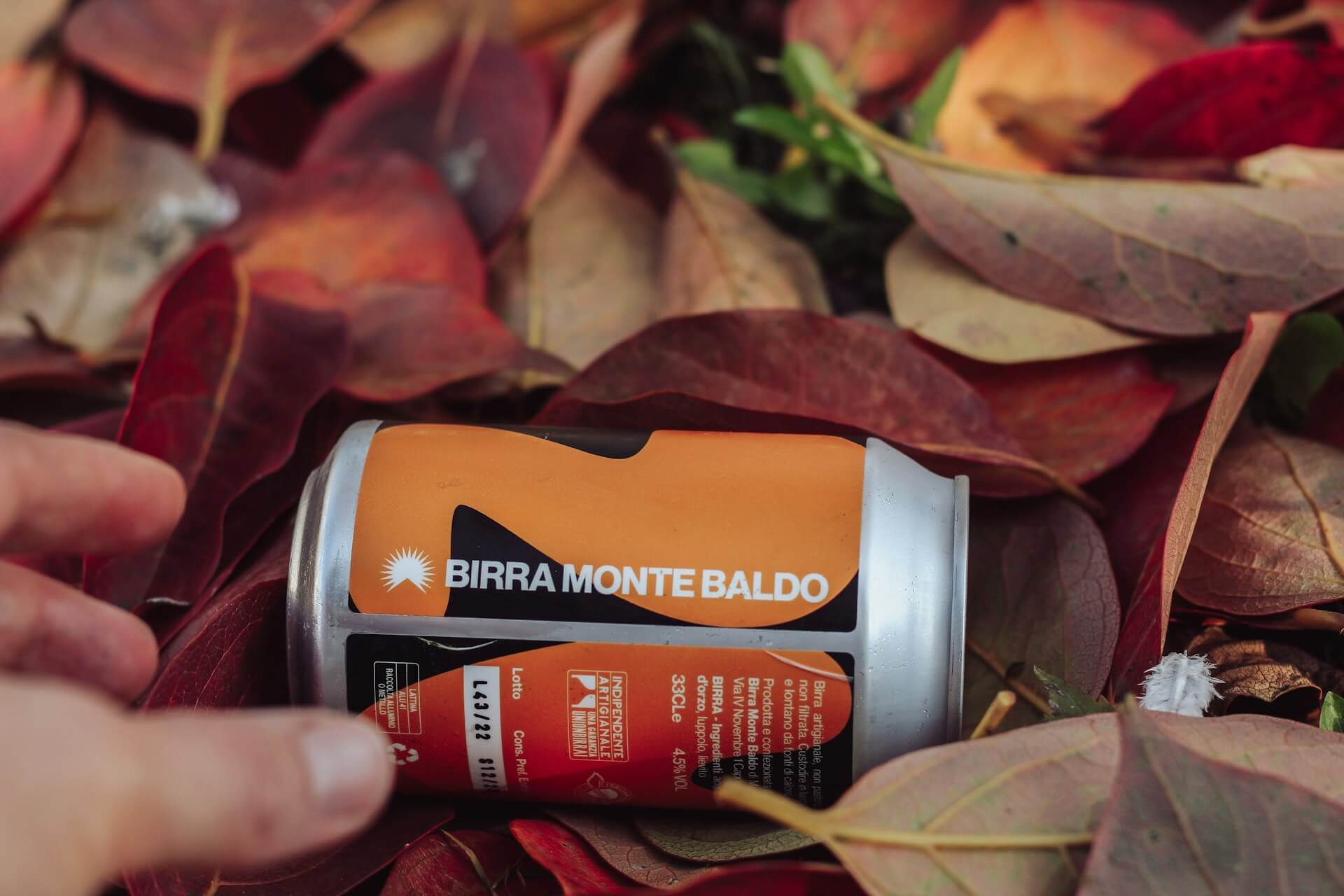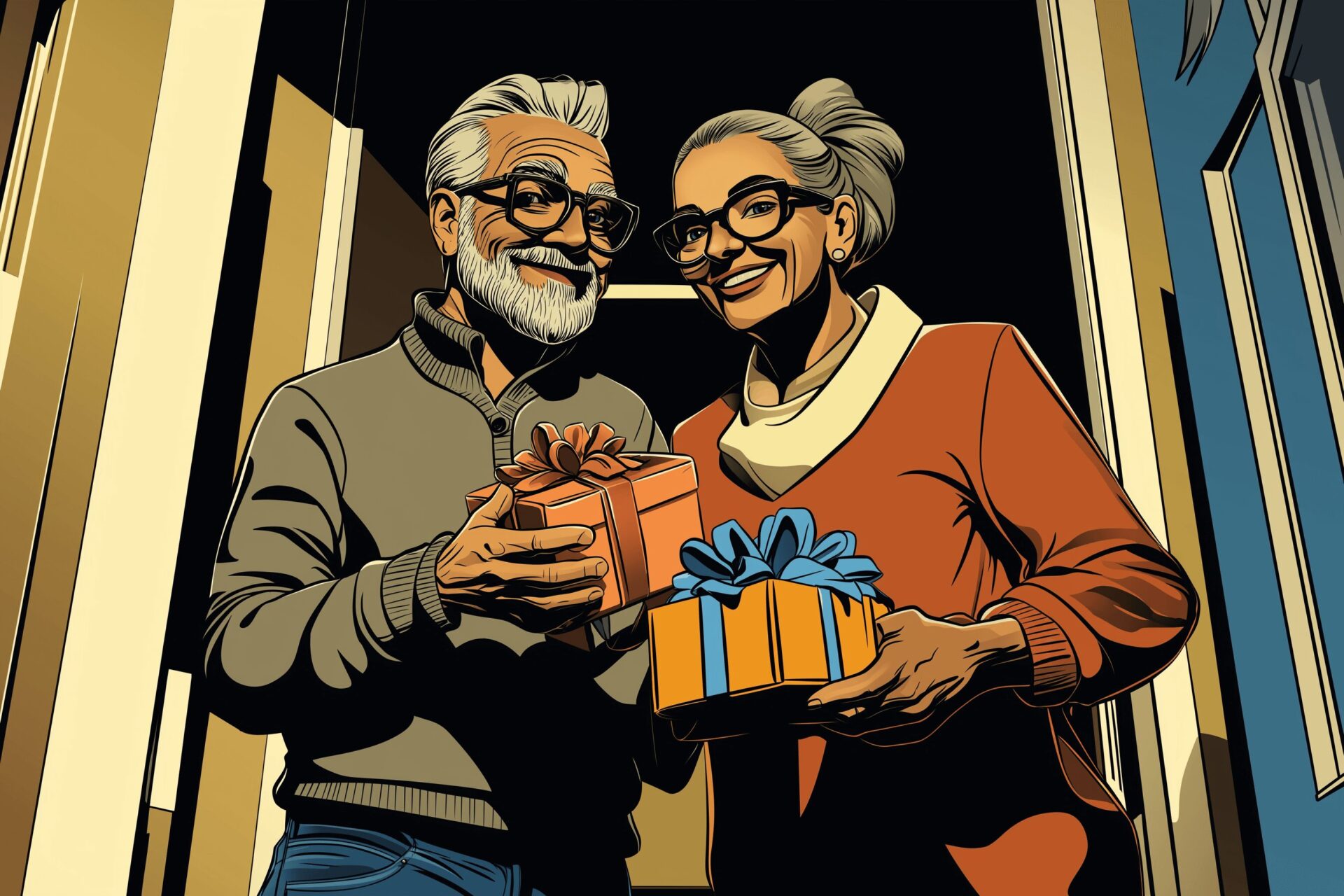Cuffing Pants: History and Tips
Jun 28, 2023
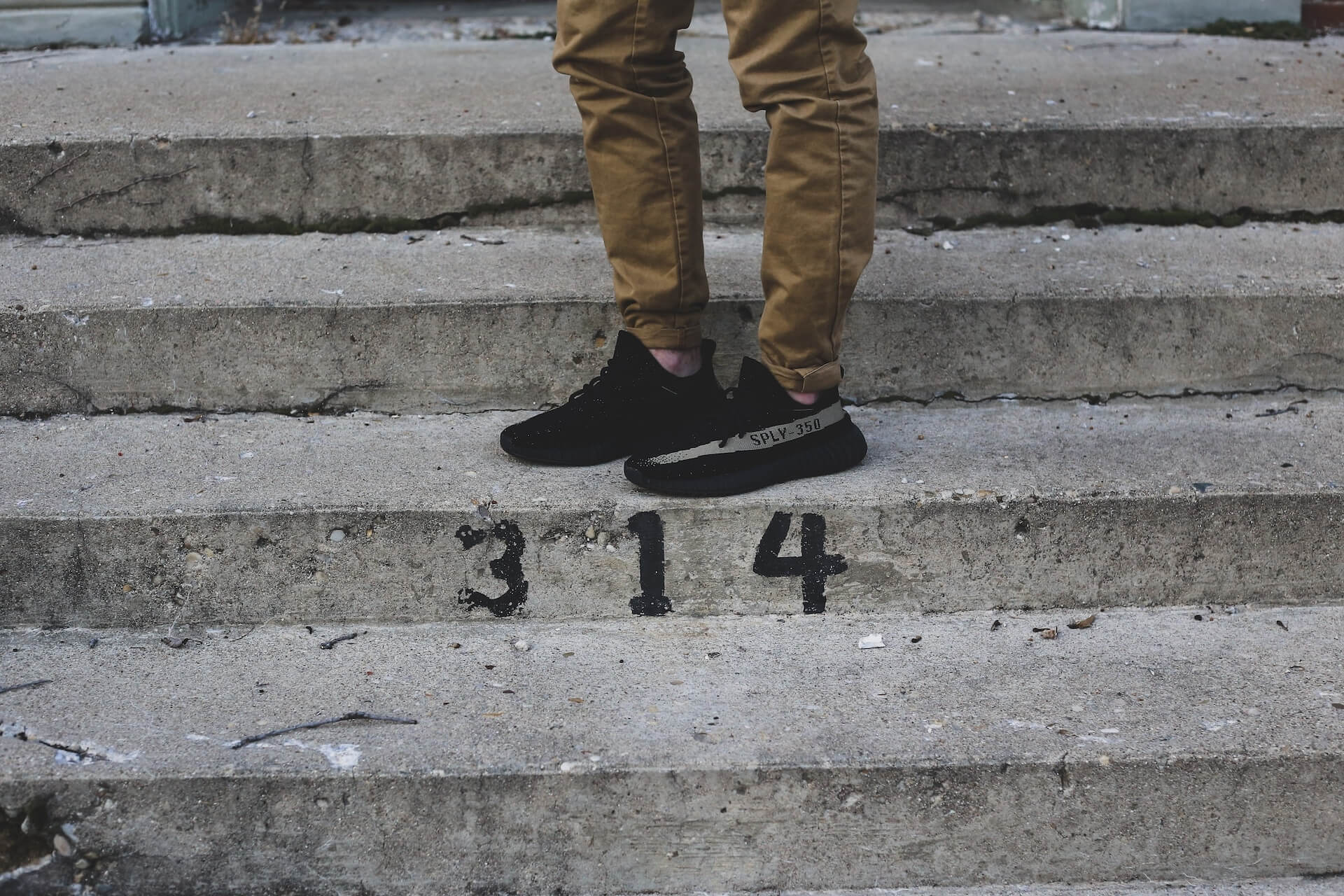
As an Amazon Associate, Modded gets commissions for purchases made through links in this post.
So, your wardrobe is looking a little tired and you want to add something new. You could go to the nearest retail store or do some online shopping, but whose wallet wants that? With the environment and economy in their current states, spicing up what you already own is more in than blowing your paycheck on the latest designer releases. Cuffing pants might be precisely the touch your style needs to shake things up. Plus, learning how to do it saves you money on new slacks.
When did people start cuffing their pants and why? How did they do it and how can you adopt this unearthed trend? Learn more about the ideas behind this style and how to do it yourself.
The History of Cuffing Pants
Cuffs go back much further than you might think. Rumor has it King Edward VII was one of the first to ask his tailor to secure the extra fabric at the bottom of his trousers so he wouldn’t have to reroll them every time he went outside. Thus, the secured cuff came into style in the 1890s so the masses didn’t have to stain their pants on dirt roads and horses.
So how did cuffing pants make its way to the cowboys? Around 20 years before King Edward started requesting cuffs, tailor Jacob Davis and dry-goods merchant Levi Strauss fostered the idea of riveted blue jeans. These pants had unique metal additions at the waist button and along the pockets so they had less of a chance of falling apart. Thus, Levi’s jeans were born and laborers adopted them en masse. Once the two had a patent, they started mass producing their invention as ready-to-wear jeans.
However — as it likely sounds — ready to wear means the garment caters to the largest customer. Someone could take their pants to a tailor for hemming, but it’s much harder to make something bigger. So when those working out in the fields got their new jeans and either didn’t feel like or couldn’t afford the service, they merely rolled up their pants to the proper length. As opposed to right now, this was a functional choice rather than a style one.
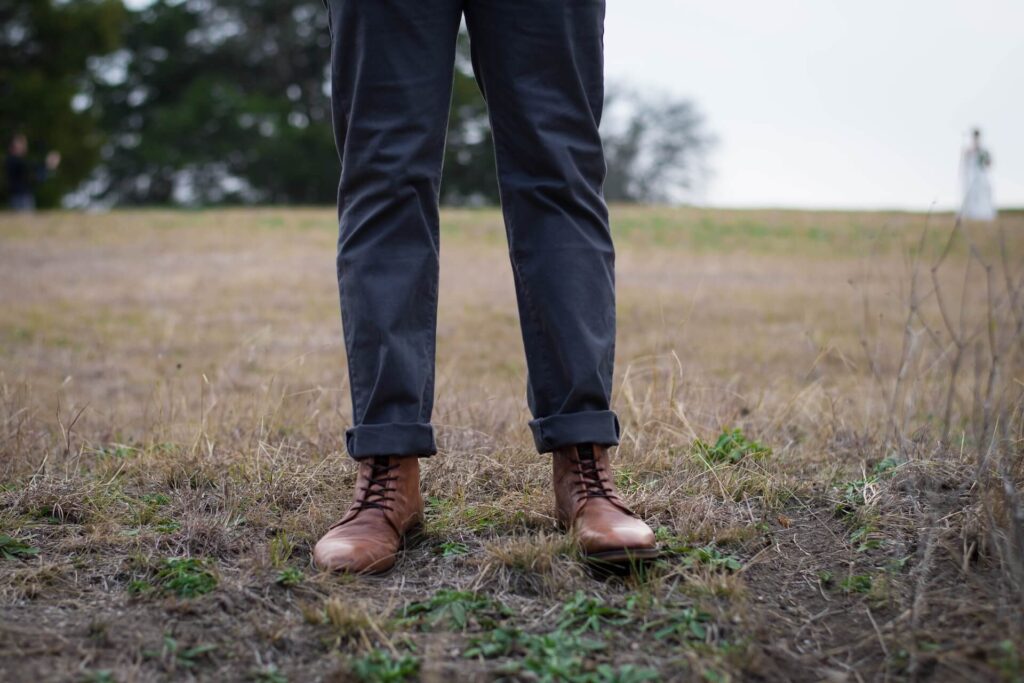
When Cuffs Became a Status Symbol Once Again
As time went on, workers outside of the cowboying profession started adopting jeans as well, undergoing the same process of rolling up their cuffs. However, once World War II began, people needed to ration everything — including fabric. On the women’s side of things, the government required textile use in their clothing to drop by 15%, meaning manufacturers had to cut down a lot. No more full sleeves, pleats, hoods, long skirts or two pockets.
Of course, men had similar restrictions as well. That meant they could no longer have the extra fabric to cuff at the bottoms of their jeans. Wearing extra fabric meant rebelling against these government restrictions on wool, eventually leading to the majorly racism-motivated Zoot Suit Riots in Los Angeles.
Once the war ended and regulations lifted, being able to pay for extra fabric became a sign of luxury. Wall Street lawyers and bankers started wearing wide-leg pants with pleats and rolled-up cuffs to show off how much they could afford to spend.
Christian Dior released his first haute couture collection a few years after the war, dubbed “the New Look” by Harper’s Bazaar editor-in-chief Carmel Snow. It drew eyes for the large amount of fabric it used but also showed off wealth by creating looks for a person who dressed to be glamorous rather than relying on functionality. Thus, cuffing pants reentered the fashion lexicon, becoming an on-and-off trend in the following decades.

How to Cuff Your Pants With Style
While you might not be wearing the same wide legs of a 1950s Wall Street banker, you can still cuff your pants to achieve a high-class look. There are also now various methods of cuffing pants, so you can pick and choose which ones fit your style. Here are a few of those styles and how to achieve them perfectly.
1. Single Cuff
The single cuff style is the most straightforward one to achieve. All you need to do is fold the hem of your pants up one or two inches and flatten the new edge. You’ll still be able to see the sewn hem, but it’s an easy way to add some flair or adjust slacks that are too long.
2. Double Cuff
This method is precisely the way it sounds. Follow the same steps you did for the Single cuff, but roll the new hem one more time, tucking the sewn hem into the handmade cuff. Once again, crisp up the new edge and your pants have an all-new look without you buying a thing.
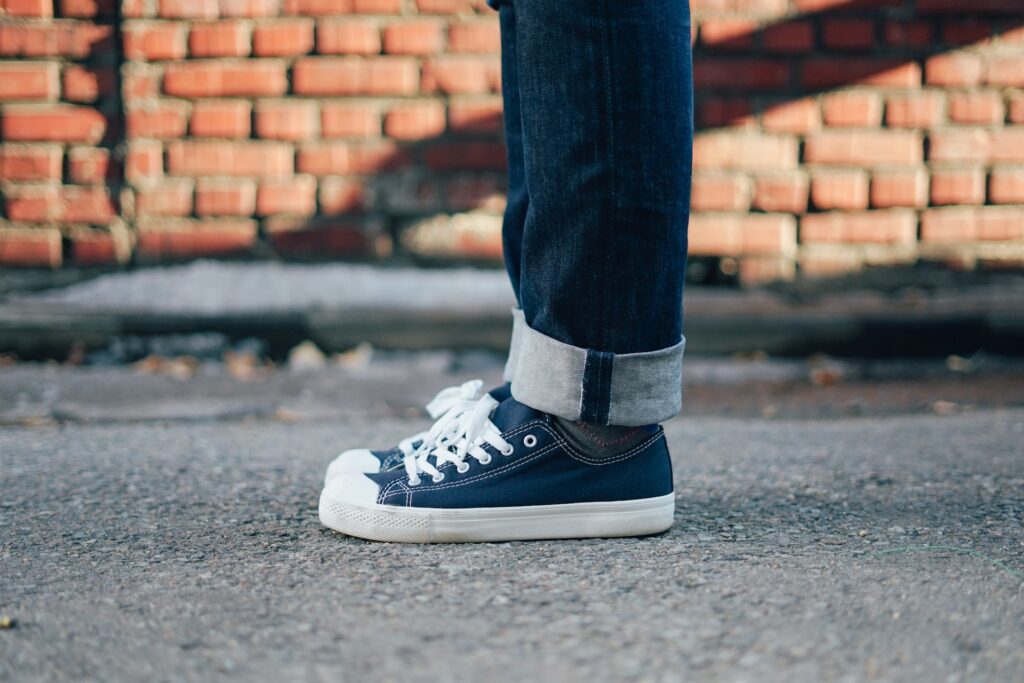
3. High/Mega Cuff
Want to take a walk on the wild side? Give your pants a high or mega cuff. You’ll follow the same instructions for the Single Cuff, but instead of going up an inch or two, you can go as high as four inches. This look works great for wide-leg jeans.
4. Japanese Cuff
If you want to do a double cuff but still show off the stitched hemming, the Japanese cuff is for you. To start, create a High Cuff and clean up the new edge. Then, do a Single Cuff on top of the Mega Cuff, going high enough to cover the underside of the pants but not so far as to cover the hem. This fashionable look is sure to be an eye-catcher on casual and formal wear.
5. Pin Roll Cuff
This cuffing style is truly unique, and is a great way to tighten up some wider legs and show off your shoes. First, pinch the fabric of your jeans so they’re tight against your leg. Then, fold the material against your leg and do a Double Cuff. The showier look will draw attention to your pants and stylish footwear.
Cuffing Pants Is More Than a Modern Trend
While cuffing your pants might seem like something people just started doing, the look goes all the way back to the 1890s. Rich and poor alike have found this style fashionable and practical. Start using it today to add a little something to any slacks you own.
Stay up to date with the latest by subscribing to Modded Minute.
Author
Stay up to Date with the Latest
Your email address will only be used to send you our newsletter, and at any time you may unsubscribe. For more information, see our Privacy Policy.

